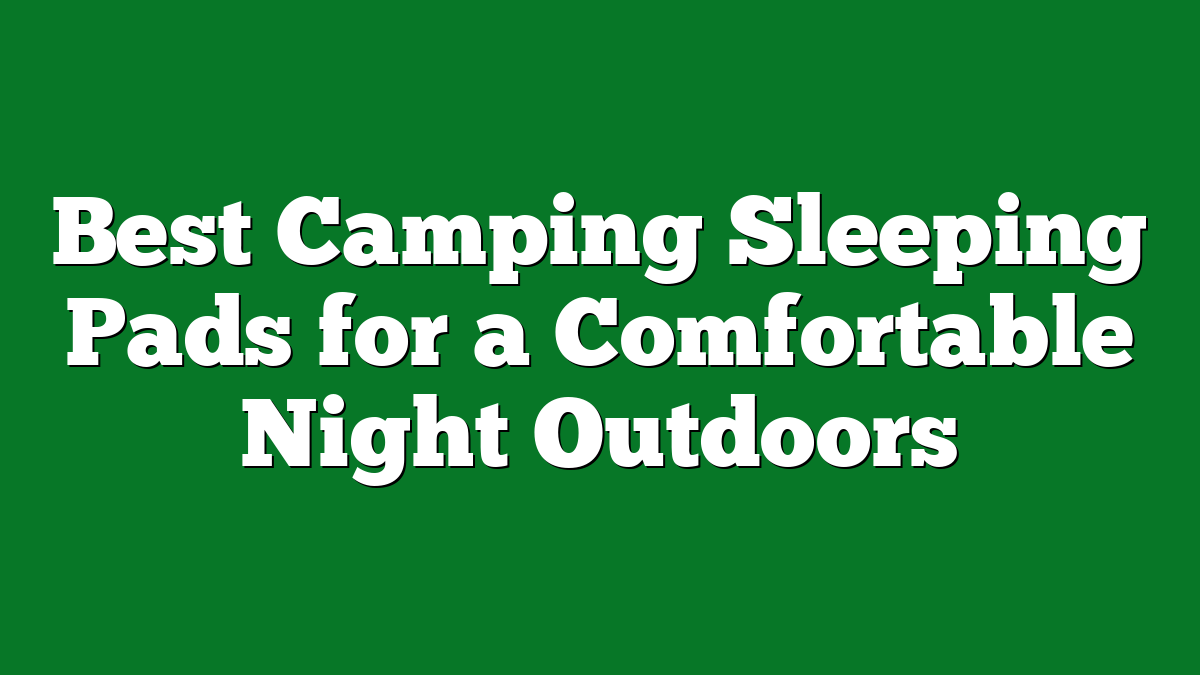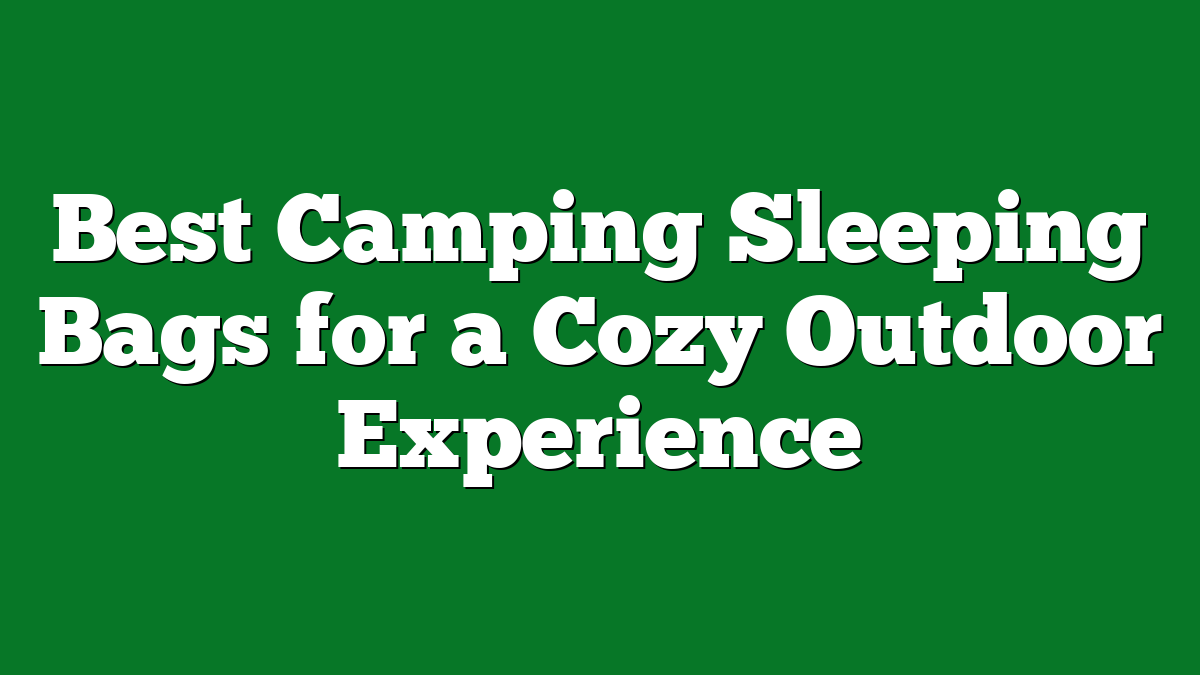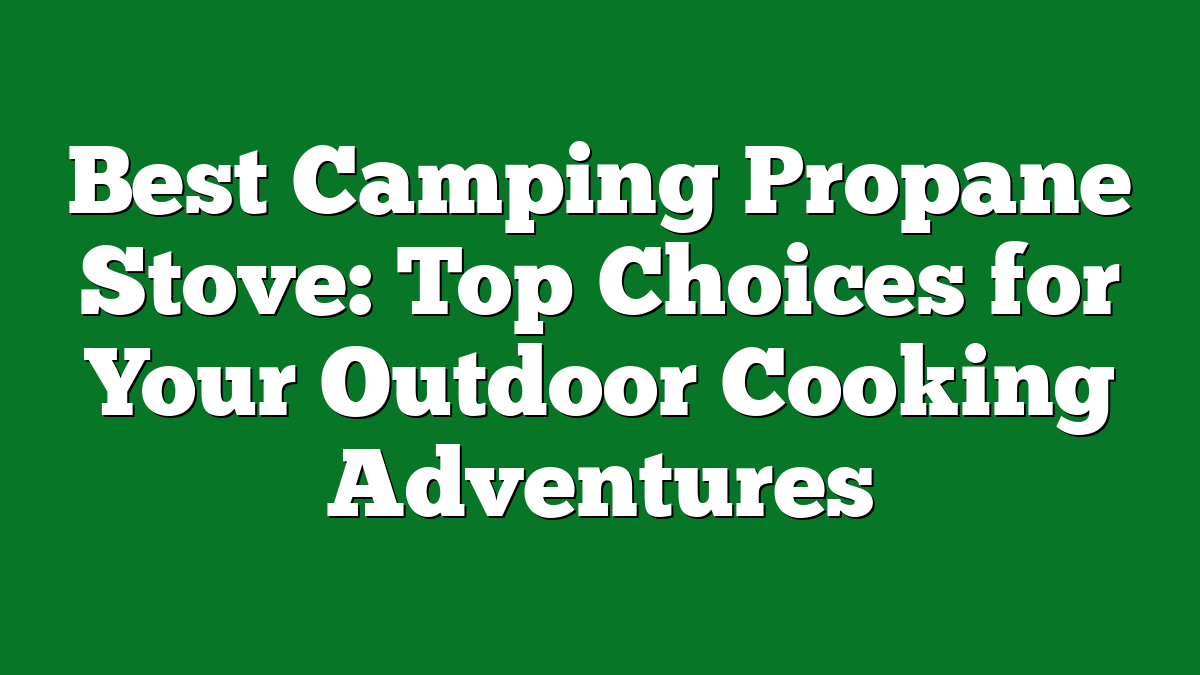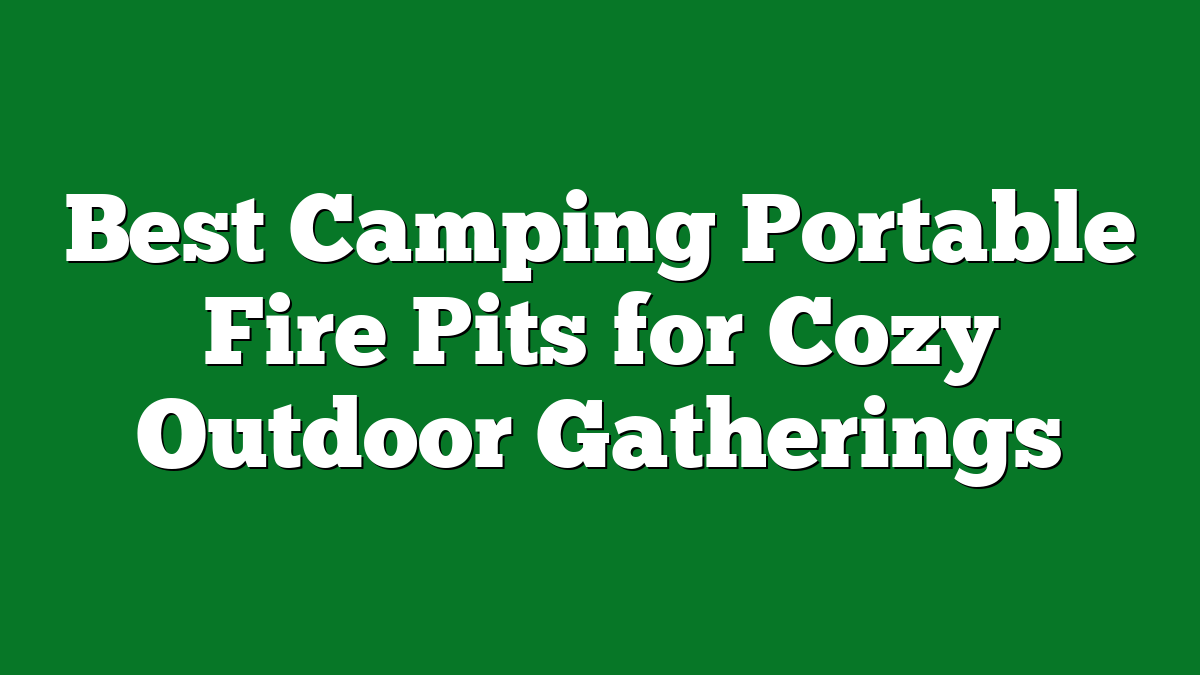Camping in the desert can be an exhilarating adventure, but the heat can quickly turn a fun trip into a struggle. I’ve experienced those scorching days when the sun feels relentless and the temperatures soar. It’s crucial to know how to keep cool and stay safe while enjoying the stunning landscapes around you.
Understanding Desert Camping Heat
Desert camping heat presents unique challenges that require knowledge and preparation. Understanding how this heat affects the body and the importance of proper planning can make a significant difference in your experience.
Effects of Heat on the Body
Heat can impact the body in various ways during desert camping. It increases the risk of dehydration, which can lead to fatigue, dizziness, and confusion. Elevated body temperatures can result in heat exhaustion or heat stroke, especially if you push yourself too hard in the sun. Symptoms often include heavy sweating, weakness, and rapid pulse. Staying alert to these signs while monitoring hydration levels prevents serious issues, safeguarding comfort and enjoyment in the desert environment.
Importance of Preparation
Preparation plays a crucial role in ensuring a safe desert camping experience. Packing adequate water is essential; aim for at least one gallon per person daily. Choosing appropriate clothing, like lightweight and light-colored fabrics, protects against the sun while allowing breathability. Creating a shaded area at your campsite, whether it’s a tarp or utilizing natural structures, offers respite from direct sunlight. Planning activities during cooler parts of the day, such as early mornings or evenings, promotes comfort and safety while allowing enjoyment of the stunning desert landscapes.
Essential Gear for Desert Camping
Desert camping can be a memorable adventure, but having the right gear makes all the difference. I focus on specific clothing and camping equipment to survive the heat and enjoy the experience.
Clothing Choices
- Lightweight Fabrics: Choose materials like moisture-wicking polyester or merino wool. They keep sweat away from the skin and dry quickly.
- Breathable Layers: Opt for long-sleeve shirts and lightweight pants. These protect against sunburn while allowing airflow to keep cool.
- Wide-Brimmed Hat: A hat with a wide brim offers essential sun protection. Look for styles that provide coverage for your face and neck.
- UV Protection: Select clothing designed with built-in UV protection. This minimizes sun exposure and reduces the risk of skin damage.
- Comfortable Footwear: Wear breathable hiking boots or sandals that provide support. Well-ventilated footwear helps prevent overheating.
Required Camping Equipment
- Quality Tent: Use a tent designed for hot weather. It should have ventilation options to allow airflow while protecting against sand and insects.
- Sleeping Gear: Pack lightweight, insulated sleeping bags. Look for models rated for warm temperatures to stay comfortable at night.
- Hydration System: Bring a reliable water storage solution like a hydration bladder or multiple canteens. Drinking plenty of water is critical in the desert heat.
- Portable Shade: A pop-up canopy or umbrella provides shade at your campsite. It keeps the area cooler during the hottest parts of the day.
- Cooling Towels: Include cooling towels or bandanas that can be soaked in water. These tools offer immediate relief when placed around your neck or wrists.
By selecting the right clothing and equipment, I stay cool and safe while fully embracing the beauty of the desert landscape.
Hydration Strategies
Staying hydrated during desert camping is crucial for enjoying the experience and avoiding health risks. I prioritize water intake and employ various methods to conserve this precious resource.
Importance of Water Intake
Water intake directly impacts my performance and well-being in the desert. Consuming at least half a gallon (1.9 liters) per day is essential, even in cooler temperatures. I sip on water consistently, rather than guzzling large amounts at once. Signs of dehydration, such as headaches, dizziness, and fatigue, can sneak up quickly in the heat, making it vital to remain vigilant. If I’m active, I increase my intake to compensate for fluid loss through sweat.
Methods to Preserve Water
I utilize a few effective methods to preserve water while camping in the desert.
- Use of Hydration Packs: Hydration packs make it easy to carry water efficiently. I fill my pack with ice water to keep my drinks cold and accessible.
- Optimize Water Storage: I choose lightweight, collapsible containers that save space. Keeping my water containers sealed prevents spills and evaporation.
- Monitor Water Usage: I track water usage for cooking, cleaning, and drinking. Planning meals that require less water helps me stretch my supplies further.
- Shade for Water Storage: I store water containers in shaded areas to reduce heating and evaporation. Covering them with towels also provides extra insulation.
- Desalination Techniques: If I’m near a saltwater source, I don’t drink the water directly. Instead, I learn desalination techniques—using portable desalination units or solar stills to create fresh water.
By focusing on hydration strategies, I stay refreshed and ready to explore the stunning landscapes of the desert while minimizing risks associated with heat and dehydration.
Setting Up Camp in the Heat
Desert camping can be a rewarding adventure, but setting up camp under the scorching sun requires careful planning. Choosing the right location and creating adequate shade can significantly enhance your comfort and safety.
Choosing the Right Location
Selecting the right spot for your campsite is crucial. I always look for locations with natural shade from trees, rock formations, or canopies. If those aren’t available, I find areas with level ground to minimize heat absorption. Positioning your tent away from the sun’s direct path reduces heat buildup. Avoid camping in low-lying areas, as they can accumulate cooler air at night, creating a chill that isn’t comfortable. Additionally, consider proximity to water sources for hydration, but avoid camping too close to flooding risk zones.
Setting Up Shade and Shelter
Establishing shade is essential for surviving the desert heat. I often bring a portable sunshade or tarp, which provides an effective barrier against direct sunlight. When pitching my tent, I orient it to block the morning rays while inviting evening breezes. I use reflective tarps or blankets to cover my tent, keeping the interior cooler during the day. Creating a shaded cooking and social area with a canopy or a tree also helps me enjoy my meals without overheating. Staying cool makes all the difference and contributes to a more enjoyable desert camping experience.
Tips for Staying Cool During the Day
Desert camping isn’t just about enjoying the scenery; it’s also about staying cool amidst the heat. I’ve picked up several strategies over the years that help beat the desert sun.
Activities to Avoid
Avoiding strenuous activities during peak heat hours is essential. I schedule my hikes and exploring for early mornings or late afternoons when the temperatures drop. Midday sun can reach extreme levels, so I steer clear of any heavy lifting or fast-paced movements between 10 AM and 4 PM. If I’m around camp, I find it best to take it easy, enjoying a good book or a bit of meditative downtime in the shade.
Cooling Techniques
Implementing effective cooling techniques can significantly enhance my comfort. I often carry a portable fan that runs on batteries to generate a breeze inside my tent. I also soak a bandana in cold water and wrap it around my neck or forehead for instant relief. Creating a makeshift “cooling area” with light-colored, reflective tarps can lower temperatures directly below, making it great for lounging during the day. Additionally, I use a spray bottle filled with water, misting myself regularly to help beat the heat.
These simple yet effective strategies keep me focused on enjoying the beautiful desert environment while ensuring I’m safe from the sweltering heat.
Nighttime Survival Strategies
Camping in the desert heat can be a challenge, but the nighttime provides a different experience. The temperature drops significantly, which can be both a relief and an opportunity for adventure.
Temperature Drop Awareness
Understanding the nightly temperature drop is crucial for desert camping. As the sun sets, temperatures can fall dramatically, sometimes by as much as 30°F (15°C). This sharp contrast means planning my layers becomes essential. I dress in warm, moisture-wicking layers that I can easily add or remove. I also employ sleeping systems like insulated sleeping bags that maintain warmth during cooler nights. Recognizing temperature changes helps me enjoy a comfortable night’s sleep and prepares me for early morning hikes when the air is crisp and refreshing.
Nighttime Activities to Stay Comfortable
I maximize my desert camping experience by engaging in nighttime activities. Stargazing serves as an incredible way to unwind after a hot day. The clear skies in the desert provide an unparalleled view of constellations. I bring a blanket and a star map to enhance the experience further. Cooking over a campfire at night also keeps the atmosphere warm while I prepare meals. It becomes a special time to savor not just the food but also the companionship of fellow campers. Additionally, I take twilight walks to enjoy the cooler air and observe nocturnal wildlife. Embracing nighttime activities enhances comfort and broadens my appreciation for the beauty of the desert after sunset.
Conclusion
Desert camping can be a thrilling adventure if you’re prepared for the heat. By taking the right steps to stay cool and hydrated you can truly enjoy the stunning landscapes and unique experiences the desert has to offer.
Remember to pack wisely and set up your campsite with comfort in mind. Embrace the cooler evenings for activities and don’t forget to appreciate the beauty of the stars above.
With a little planning and the right mindset you can make the most of your desert camping trip while staying safe and comfortable. Happy camping!











